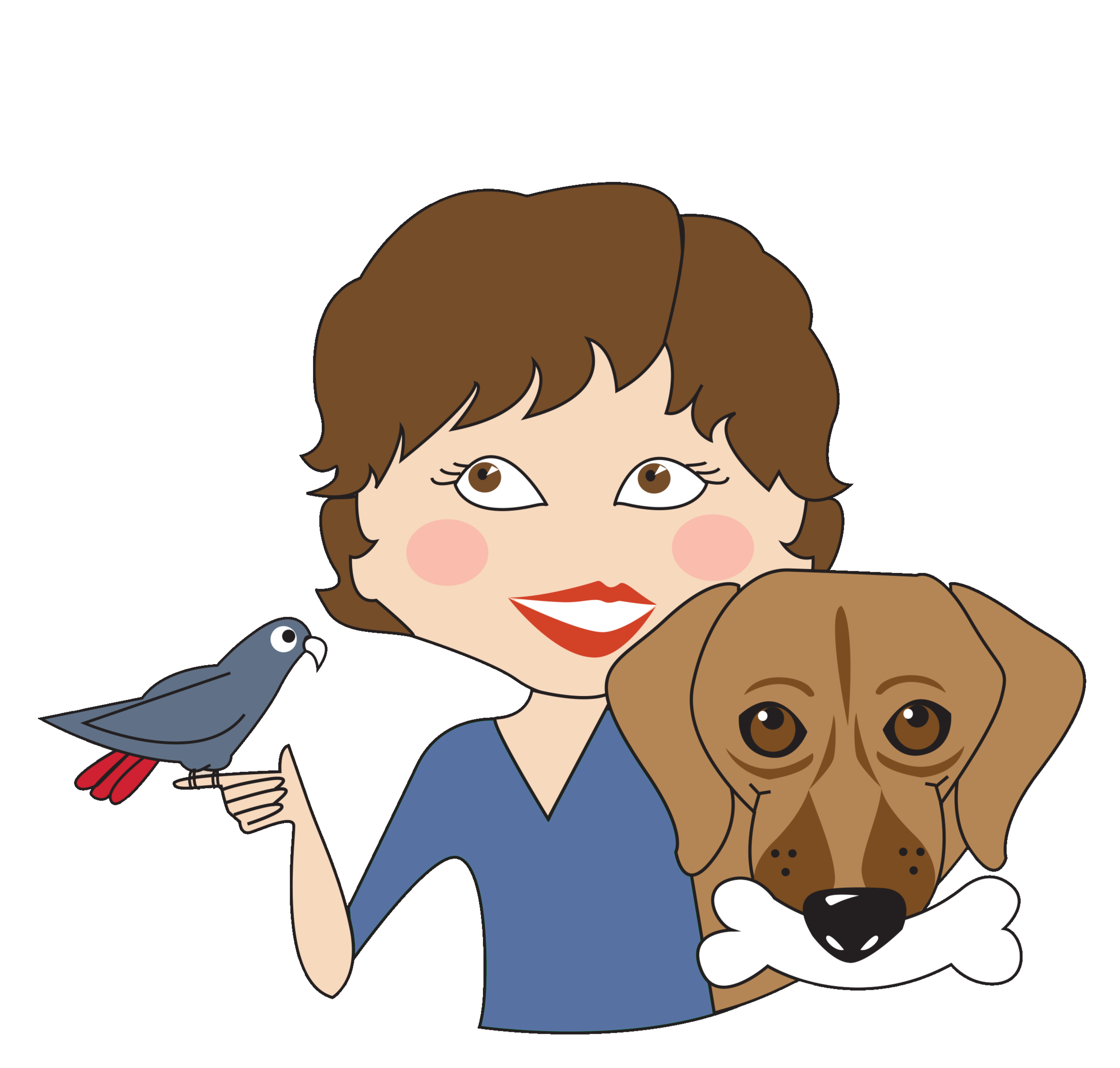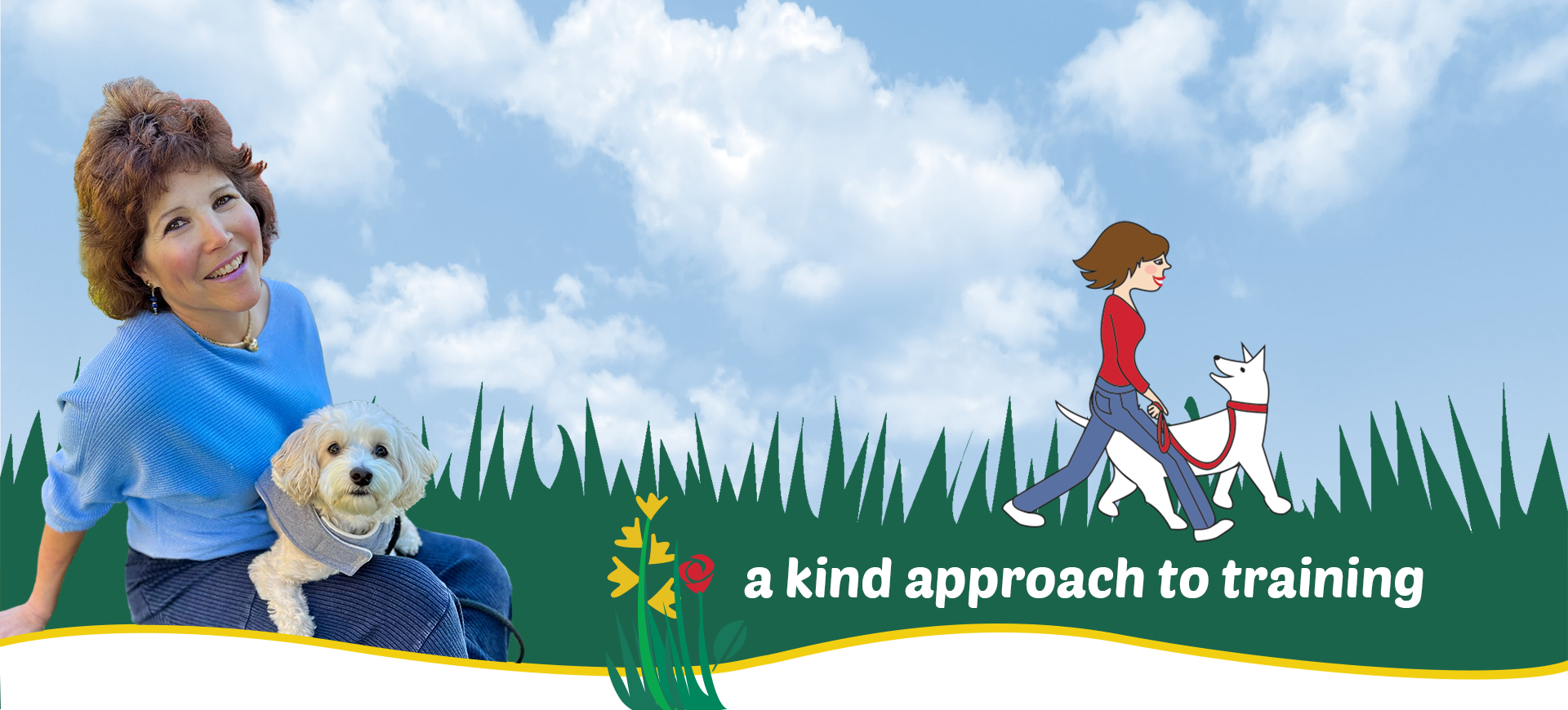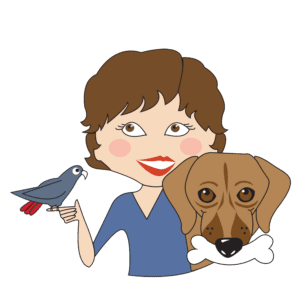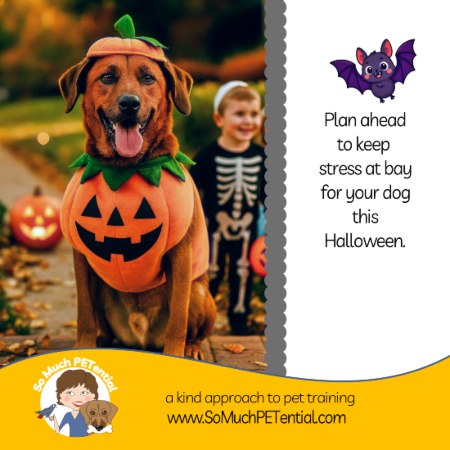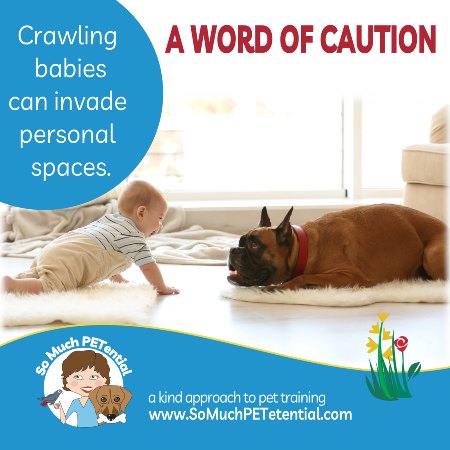Often kids mean well with their interactions with your dog (or other dogs) but they can do things – like hugging – that can cause dogs to feel uncomfortable. A lesson for parents of a kids and a dog: please teach your children this important relationship building lesson – DO NOT HUG YOUR FAMILY DOG. It is not only about dog bite prevention, but also about helping to strengthen your dog’s relationship with your children in the long term.
 I am a hugger. To become someone in my inner circle, that is something you will need to know. I think hugs are beautiful expressions of caring between two people. They give me a feeling of comfort, safety, and love.
I am a hugger. To become someone in my inner circle, that is something you will need to know. I think hugs are beautiful expressions of caring between two people. They give me a feeling of comfort, safety, and love.
To all of the other huggers out there, it is natural that you would be passing that value on to your children. I personally think it is a wonderful gift.
However, it is important for all of us to realize, that when we model and teach behaviors to young minds, those minds can take things pretty literally.
So, it really is of no surprise then that children also can come to see hugging their dog as a sign of affection and love. It is not difficult to find images online of kids doing just that…in photos that are often taken by an adult role model in their life.
Here is the problem with that. Dogs for the most part do not enjoy receiving people hugs. A hug to a dog is confining, invasive, uncomfortable and stressful. It removes one of that dog’s defensive mechanisms, which is flight and that can lead a dog to escalate in stress, and in communication from WHISPERS to SCREAMS (as one of my fellow Family Paws Educators, Naomi Heilweil Rotenberg of Praiseworthy Pets, shared.
In the case of the photo above, the little girl is also looming over her dog, which is also unwelcome. What body language do I see in that photo? The dog has a lowered, crouched head that is avoiding looking at the girl, his eyebrows look furrowed, his ears are held back, his lips are closed and retracted, his tail is close to his body (if he was standing, it would be tucked).
AND dogs are always learning associations with people, places and things based upon their learning experience. If your dog has lots of experience of your child doing unpleasant things to him, don’t be surprised if your dog begins avoiding your child or begins stiffening, growling, snapping or worse if your dog can not move away.
Research on dog stress associated with children hugging dogs
Dr. Stanely Coren, Ph.D., FRSC, professor of psychology at University of British Colombia, looked at a random sample of 250 images of kids hugging dogs. (He wrote about it in this Psychology Today column.) He only used photos where the dog’s face was clearly visible, eliminating situations where one may expect that dog’s stress level to rise because of other factors.
His data showed that nearly 82% of the photos showed dogs were giving off least one sign of discomfort, stress or anxiety. Only 7.6% of the images could rate as showing dogs comfortable with being hugged. The other 10.8% were showing neutral or ambiguous responses.
“I suppose that one aspect of the data that struck me as interesting comes from the fact that the photographs that I used were obviously posts by individuals who wanted to show how much they cared for and shared a bond with their pet. This means that the people who were doing the Internet posting probably chose photos in which they felt that both the person and the dog looked happiest,” he wrote. “This seems consistent with other research which suggests that people, especially children, seem to have difficulty reading signs of stress and anxiety based upon their dogs’ facial expressions. Much more relevant for the current question is the fact that this data clearly shows that while a few dogs may like being hugged, more than four out of five dogs find this human expression of affection to be unpleasant and/or anxiety arousing.”
How to recognize some common signs of stress in your dog
Learn and practice how to recognize signs of dog stress (and child stress) and intervene BEFORE one of them needs to escalate those emotions and behaviors.
Below are some indicators that your dog wants more space
eyes blink
yawning
tongue flicks
turning away or shifting or moving body away
body shake off
excessive sniffing or scratching of a body part
rolling over to expose belly with stiffened muscles (either looking away or staring at the trigger)
lowered body posture
change in breathing
Your dog’s RED ALERT warning signals
If your dog continues to feel stress, his communication may move from Whispering to Screaming. If you haven’t already, intervene immediately by separately your dog and child (or whatever/whomever else is the trigger); however, DO NOT punish your dog for communicating as you will be removing his defense mechanism. Please read this article on why you should not punish growls.
hard stare
growl
air snap
lunge
deep bark
bite
Parenting Tips When It Comes To Showing Affection Appropriately For The Family Dog
Parents, above I shared why it is so important for you to discourage hugging of your family dog. There are other ways of showing affection to your dog. I’ll share some of them below.
Always practice Full Awake Adult Supervision Of Your Child And Your Dog
It is not enough to be in the other room or in the same room but with your attention on something else like your laptop, cooking at the sink, or focusing on your adult visitors. There are times when it may be best to have your dog out of the room or even your house if you will be having people or kids over that may do things to cause your dog to be very stressed or very aroused. It takes a split second for something to happen between your child (or another child) and your dog. This chart by Family Paws (of whom I am a licensed parent educator) shows the different types of supervision.
However, just watching is also not enough. When you see some of the early stress signs (from your dog or your child) intervene BEFORE one of them needs to escalate those emotions and behaviors. Redirect your dog or your child, even use that as a teaching moment for your child to teach what it means to be a good dog buddy.
Other ways to show affection for your dog
If you have an infant, please watch this video from Colleen Perry, a fellow Family Paws educator, on the GUIDED TOUCH.

Instead of moving into your dog’s space, teach kids to invite their dogs to come to them. If your dog chooses to come and chooses to stay, your dog is welcoming that invitation. If your dog chooses to stay away, then your dog is saying he wants his own space right at that moment.
 Instead of looming over your dog, kids can be beside your dog.
Instead of looming over your dog, kids can be beside your dog.
Teach your kids to stay in front of your dog to deliver a treat instead of leaning into or over your dog. Kids can also toss treats on the ground. Here is a video of a client’s daughter, practicing giving her puppy a treat.

Your kids can help you make enrichment activities for your dog. Just a few different ideas –
Have your dog in a sit or down or out of the room while your kids make a food maze. Then release your dog to go on the hunt for the food.
Have your dog in a sit or down or out of the room, through a blanket on the floor and have your kids hide food in the crevices of the blanket.

Have a treat stuffing activity. With a variety of food stuffing toys like the Kong or products by West Paws, have bowls of food on the counter and let your kids choose how they will stuff the toys for the week. For ideas of safe food to stuff, please read this blog post.
Want your child to learn how to be a fun, safe and positive dog buddy and junior dog trainer? Please reach out! I offer training just for them!
